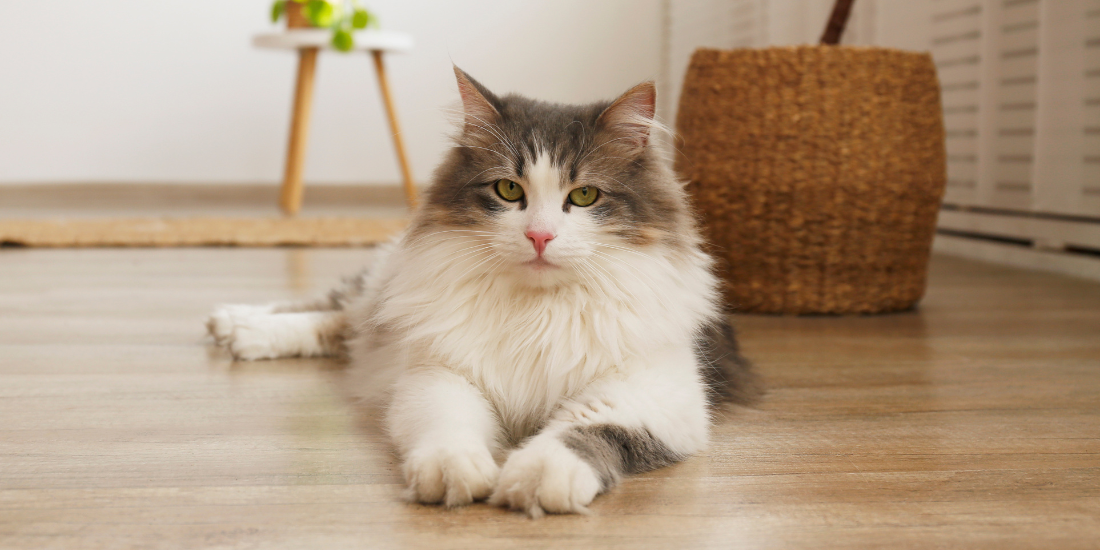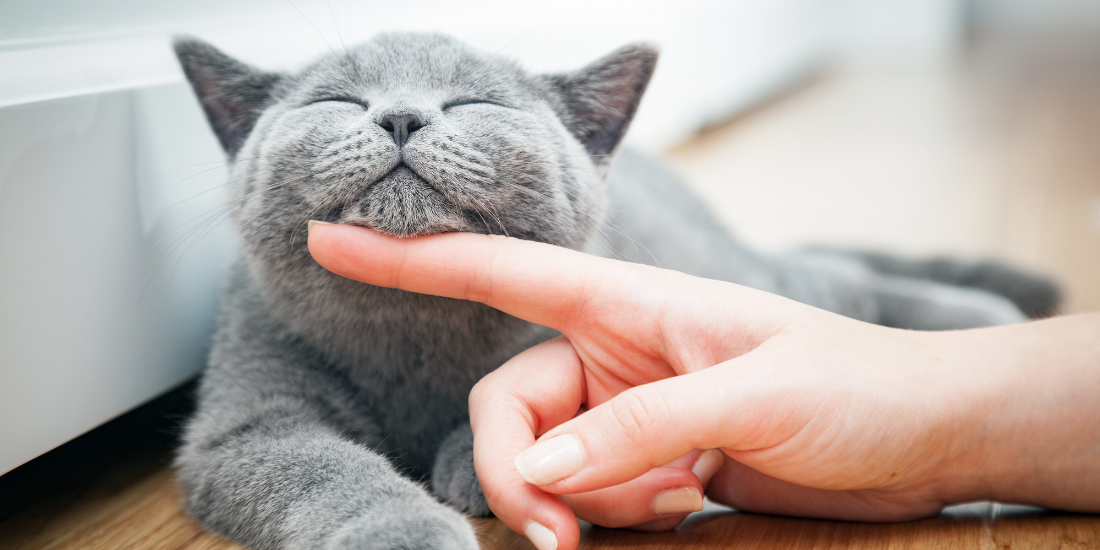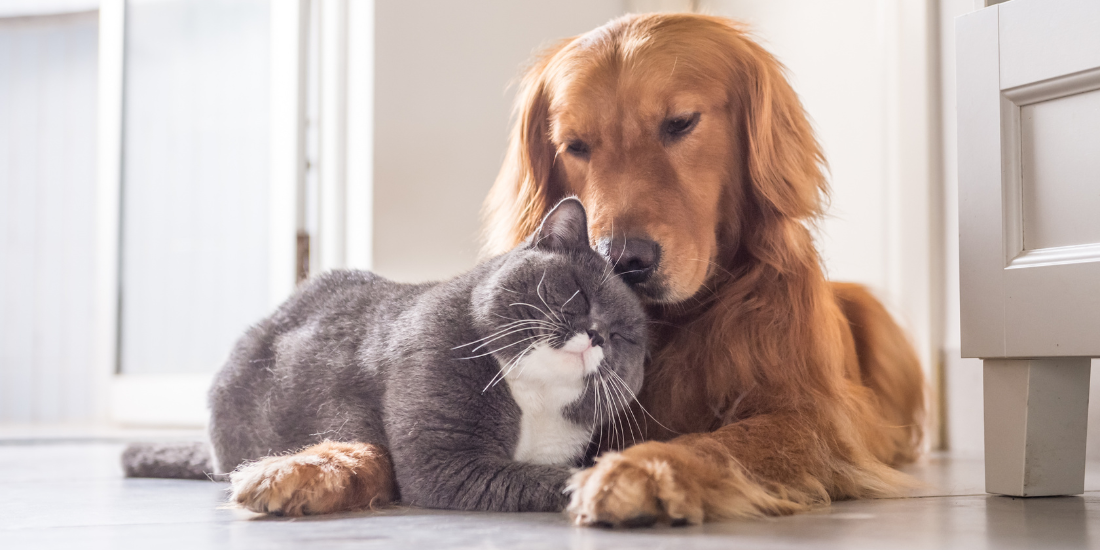
Here's the scoop: finding the purr-fect litter tray and the right spot for it in your home can make all the difference. It’s not just about the tray; it’s about creating a comfy, private little haven where your kitten feels at ease. So, let’s dive into the kitty litter world, find the ideal setup for your feline friend, and make the toilet training journey a swaggle-tastic experience for both of you!
How to Find the Right Litter Tray
Welcoming a kitten means providing comfort and ease, especially with their toileting needs. Choosing the right litter tray is key to this. It's about more than just a bathroom spot—it's about respecting their natural habits and preferences.
Finding the right litter tray for your kitten involves considering various factors to ensure their comfort and encourage proper toilet habits.
Size and accessibility
The size of the litter tray is crucial. Kittens need trays they can easily climb into, so if you're considering a high-sided tray, make sure your kitten can access it without struggle. For younger or smaller kittens, a tray with lower sides may be more suitable.
Privacy and containment
Some cats prefer privacy while doing their business. Covered litter trays, which resemble small cat houses with a front entry and exit, provide this privacy. These types also help in containing odours and litter scatter. However, it's essential to remember that not all cats like enclosed spaces, so observe your kitten's preferences.
Material and durability
Most litter trays are made of plastic, which is durable and easy to clean. Avoid materials that can absorb odours or are difficult to sanitise.
Remember it's crucial to maintain cleanliness regardless of the type. Regular changing of the litter is vital for your kitten's hygiene and comfort
How Many Litter Trays Does My Cat Need?
Cats are known for their particular nature, especially regarding their toileting habits. They typically dislike using a litter tray that's already been soiled. This fussy behaviour is quite understandable; after all, cleanliness is a big part of a cat's natural instincts.
To accommodate this, it's important to have the right number of litter trays in your home. You may be asking can 2 cats share a litter box? The rule of thumb is to provide one litter tray per cat, plus one extra. This approach ensures that there's always a clean option available, reducing the likelihood of your cat avoiding the litter tray due to uncleanliness. For example, if you have one cat, you should have two litter trays, and if you have two cats, three trays are advisable.
This setup not only keeps your cats happy but also aids in maintaining a hygienic environment. By having multiple trays means that your cat always has a fresh spot to go when nature calls.
Where to Place Your Litter Trays
Finding the ideal location for your cat's litter tray involves striking a balance between seclusion, calmness, and easy access. Let’s explore how to choose a spot that makes your kitten comfortable and keeps the litter tray effectively in use.
In your home
When it comes to finding the ideal spot for your kitten's litter tray, privacy is key. If you're starting off with a crate for your kitten during unsupervised times, placing the litter tray towards the back rather than near the entrance creates a more secluded and comfortable space for them.
In your home, consider quiet and low-traffic areas like the laundry room, bathroom, or a spare room. A laundry room, in particular, can be a great choice due to its usual proximity to outdoor access. This can be beneficial later when you're ready to transition your kitten to outdoor toileting.
If these typical spots aren't suitable in your home setup, crafting a custom solution, such as a walk-in pen, can work wonders. This dedicated area ensures your kitten still feels they have a private and calm place to attend to their needs, crucial for their comfort and your success in litter training them.
Outdoors
As your kitten grows and becomes ready to venture into the great outdoors, including for toileting, easing this transition is important. A helpful strategy is to relocate one of their litter trays close to a cat flap or a door they frequently use to go outside. This placement acts as a gentle nudge, encouraging them to opt for outdoor toileting.
To further assist in this process, consider integrating elements of the outdoors into their litter tray. Adding a layer of soil or bark from your garden to their existing litter subtly introduces them to the textures and scents of the outside world. This method familiarises them with outdoor textures, helping them understand that these materials are also appropriate for toileting. Gradual adjustments make the transition smoother and more intuitive for your adventurous kitten.
What to Put in Your Litter Trays
When it comes to selecting cat litter, the are many options. From the level of absorbency to the ease of cleaning, and how your home might be affected, there's a lot to weigh up. And the most crucial opinion? Your cat's, of course. Sometimes it takes a bit of trial and error to discover what they prefer. Remember, cats are known for their particular tastes, so patience is key.
You may be asking, what is the best litter for my cat? When selecting the perfect litter for your feline friend, several key factors come into play:
Texture
Cats typically prefer litters with a fine, sandy texture, as it's gentler on their paws and resembles the natural surfaces they would choose outdoors. Pellet and crystal-type litters may not always be as appealing to them.
Odour control
A litter that effectively neutralises odours is crucial for maintaining a fresh environment both for your cat and your home. No one, including your kitten, enjoys a stinky litter box!
Clumping vs. non-clumping
Clumping litters are a hit for their convenience; they form easy-to-scoop clumps upon contact with moisture. However, for the little kittens in your life, non-clumping varieties are safer, as they reduce the risk of accidental ingestion.
Eco-friendly options
For those who are environmentally conscious, consider litters with a lower ecological footprint. Recycled wood pellets and other natural materials offer a sustainable choice without compromising on effectiveness.
Catering to your cat’s preferences
The most important factor? What your cat prefers. Observing your cat's behaviour and trying different options may be necessary to find the litter that your cat is most comfortable using. Remember, the best litter is the one your cat will use consistently and happily.
The Main Types of Litter
When it comes to the types of cat litters available, the variety is extensive, with new ones popping up all the time. In general, the main types are:
Clay litter
A go-to choice for many cat parents, clay litter comes in two forms - clumping and non-clumping. The clumping variety is a breeze to clean as it forms easy-to-remove solid clumps when it comes into contact with moisture. Non-clumping clay litter, while more budget-friendly, needs a full tray replacement once it gets soiled.
Litter crystals
Made from silica gel, these litter crystals are champions in neutralising odours and tend to last longer than other types. They are also known for being virtually dust-free. However, it's worth noting that the crystals could be problematic if ingested frequently, so it's best to monitor your cat's interaction with the
Recycled wood pellets
For the eco-conscious pet owner, wood pellet litter is an excellent choice. These pellets are not only biodegradable but are often crafted from recycled materials, making them an environmentally friendly option. They're known for effective odour control, don't track as much as other litters, and are generally more cost-effective. This type of litter is a great way to keep your cat's bathroom habits green!
Excluding litter crystals, with other litter types it can be a good idea to line you litter tray with paper or a litter tray liner, this will make cleaning the litter tray much easier.
Why is My Cat Not Using Their Litter Box?
Understanding your cat's litter preferences is key to ensuring their comfort and maintaining good litter box habits. Here are some signs that might indicate your cat is not happy with their current litter:
Avoidance of the Litter Box
If your cat starts avoiding the litter box and chooses to eliminate elsewhere, this is a classic sign of litter aversion. They may be telling you that something about their litter just isn't right for them.
Unwillingness to Touch the Litter
Some cats may go to great lengths to avoid touching the litter, like perching precariously on the edges of the box. This behaviour could indicate discomfort with the litter’s texture or composition.
Skipping the Dig and Cover
A cat that doesn't dig or cover their waste might be showing disapproval of the litter. This natural instinct can be disrupted if they don't like the feel or smell of the litter.
Post-Bathroom Discomfort
Signs like shaking their paws or showing signs of discomfort after using the litter box suggest that the litter may be irritating to them. This could be due to the litter’s texture, dust content, or even chemical composition. If you observe these behaviours, consider experimenting with different types of litter. It might take some trial and error, but finding the right litter that your cat is comfortable with is crucial.
Selecting the right cat litter is essential for your kitten's comfort and well-being. It's important to choose a litter type that suits their preferences and to place the litter tray in a quiet, accessible spot. Understanding and catering to your kitten's needs in this way ensures a comfortable and hygienic environment for your furry friend.
Click here to shop our full range of litter.

About The Author
Bex Falloon
Veterinary Nurse | Pets: Ted (Domestic Longhaired Tabby Cat) & Frankie (Cavoodle)
I have 19 years experience in the Veterinary industry. I started as a Vet Nurse in a small animal practice where I developed my love for hospital care, anaesthesia and looking after elderly patients. After 9 years I moved into a Practice Manager role where I was able to broaden my skills to include more customer care, overall business management and leading a wonderful and caring Veterinary team. More recently I am working with the Virtual Vet Nurse team, implementing great ways to increase efficiencies, especially on the front desk, of Vet Clinics, which has been fantastic! My love for pets and the bond they have with their owners is why I am passionate about pet care. Being able to share my knowledge with owners on how to do the best for their beloved companions is such a privilege.
Enjoyed This?
Explore more ....


Soothing Your Cat's Itchy Skin: Effective Treatments and Care

